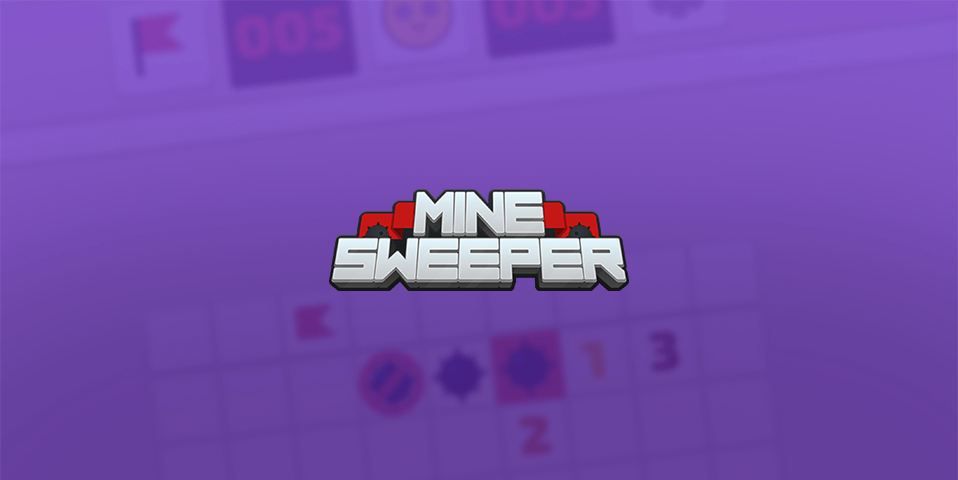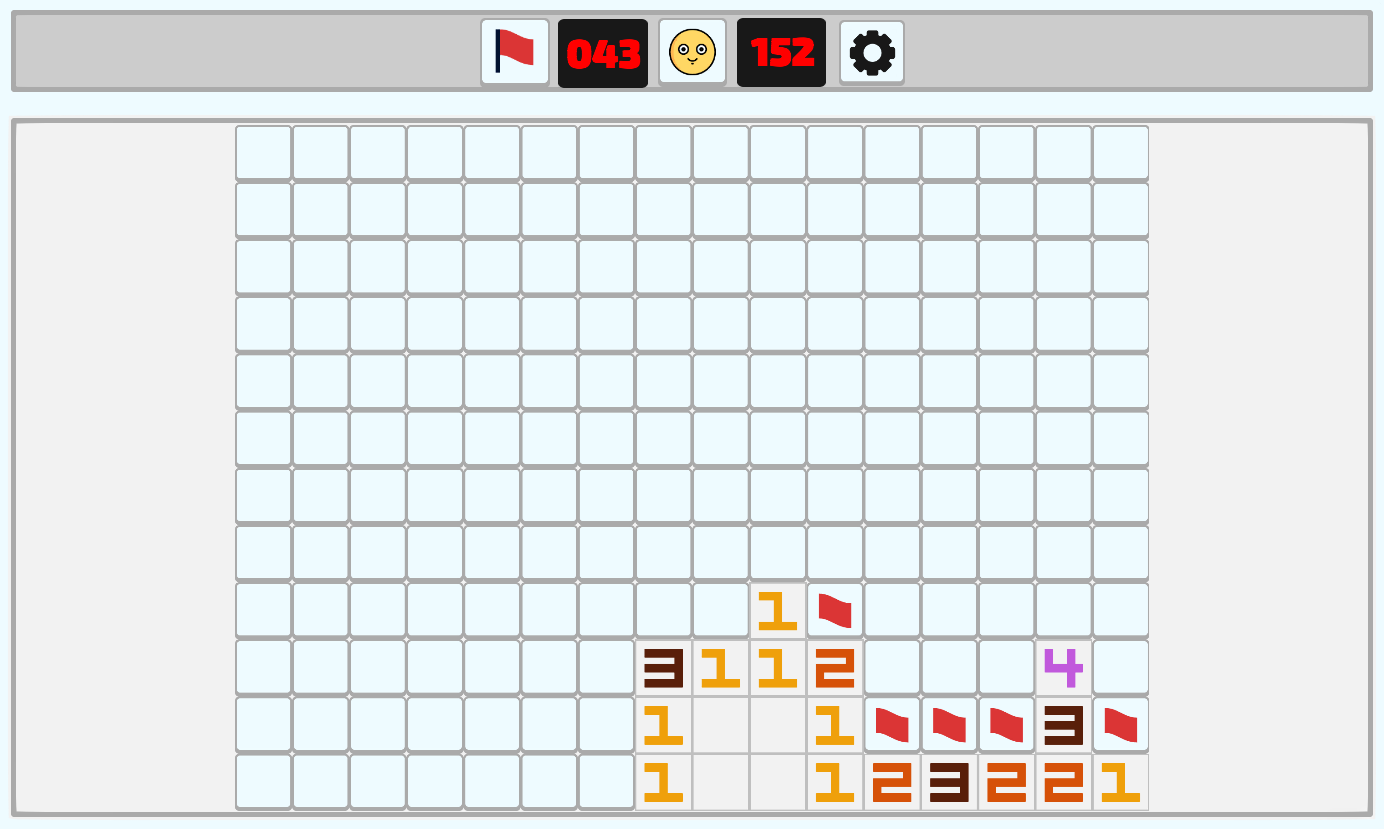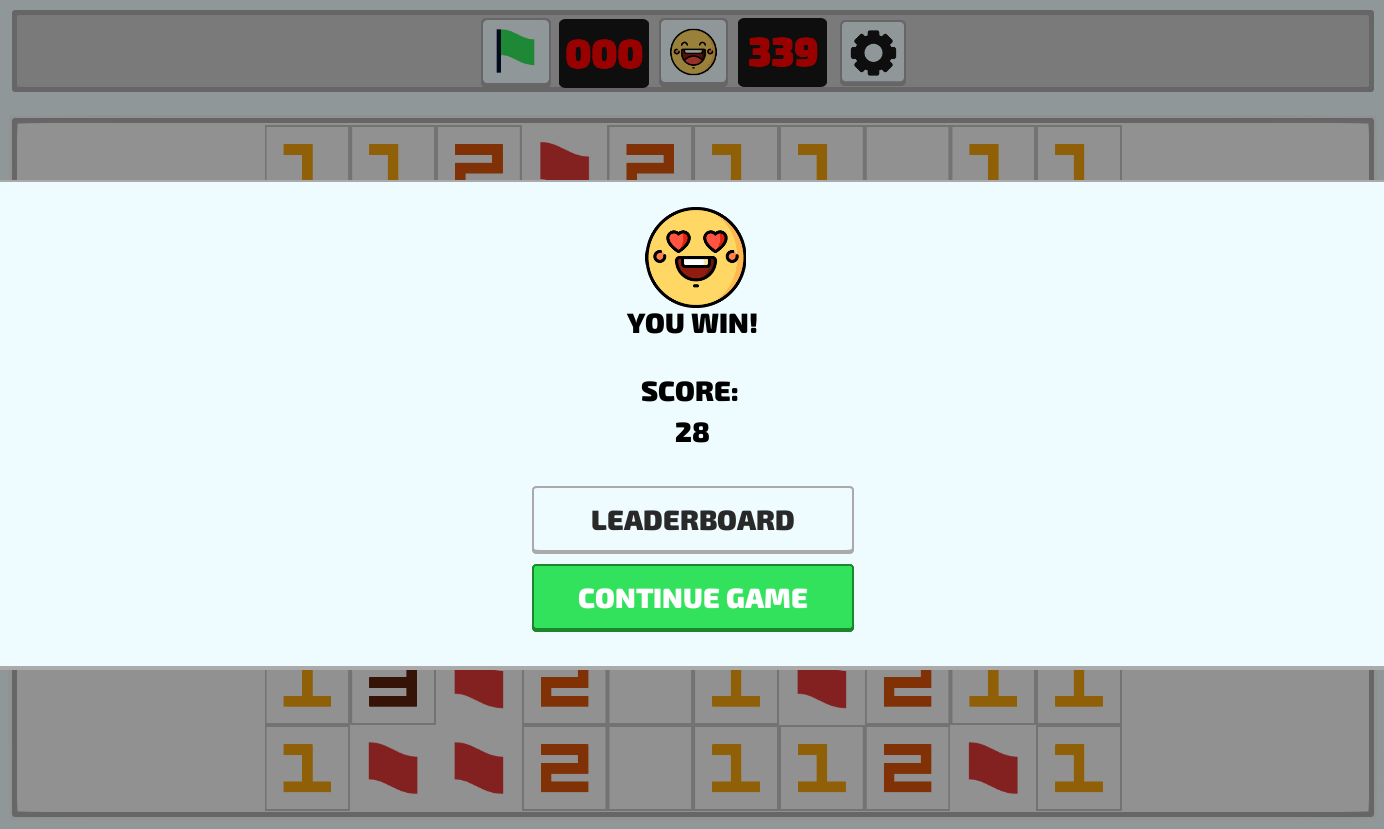Minesweeper Unknown Rules Explained
Minesweeper’s popularity is an undeniable fact. Everyone knows about it, and everyone knows how to play it. After all, the dynamics are pretty simple, right? But, beyond the basic tile-counting and mine-flagging, the game can often get hard, especially on higher levels.
To get past this, there are some hidden Minesweeper rules and tricks that can help you get out of locked puzzles. Knowing these patterns and secret mechanisms will help you improve your skills and reduce your solving time.
Minesweeper Situations Where the Usual Rules Fail
The basic rule of Minesweeper is to count the number of nearby mines and flag the tiles that likely have a mine. But there are some cases where this logic is not enough. You could perhaps find a confusing number formation or insufficient information in the numbered tiles.
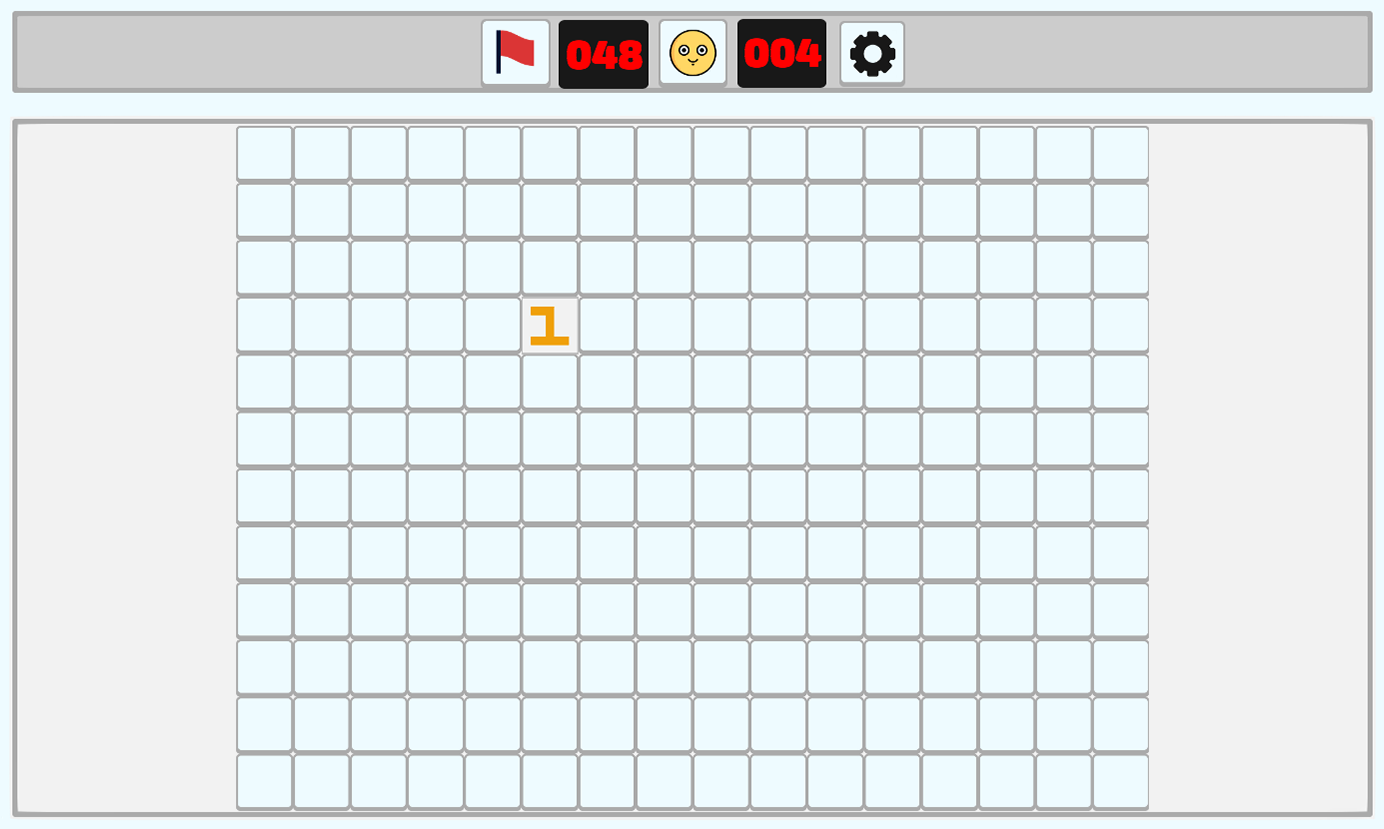
In these cases, you’ll have to make a guess, with a 50/50 chance of making the right choice. Sometimes, though, the odds are not equal. A good strategy is to check all guessing situations and find some with a higher probability of making the right choice. You can also approach another section of the board that’s easier to solve before dealing with the harder parts.
The Hidden Rules of Minesweeper
At advanced levels, the goal of Minesweeper is to complete the board in the least amount of time. To speed up the process, top players have identified repeating number patterns to correctly flag mines. Other strategies, such as chording or special approaches to edges, can also improve your solving skills.
The 1-2-1 Pattern Trick
There are numerous patterns present in the game. The most basic one is 1-2-1. When this pattern appears, the mines will be placed below the 1s. There are variations of this pattern, such as 1-2-2-1. In these cases, the mines will be under the 2s.
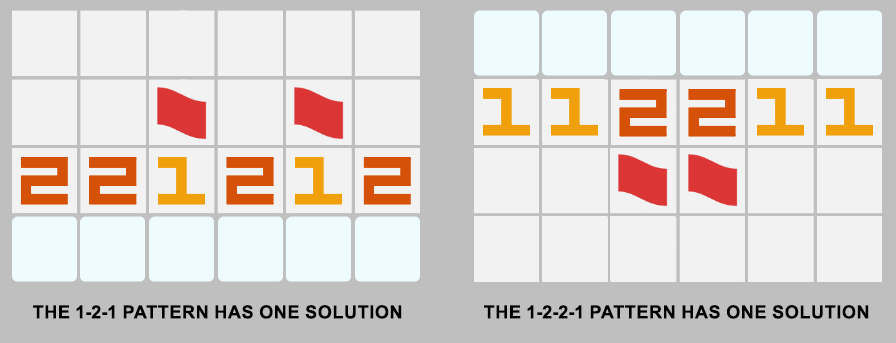
These patterns appear frequently in all levels of Minesweeper. Identifying and marking them will help you solve the puzzle faster, as you won’t have to calculate the numbers on the tiles.
Chord Rule for Faster Clearing
The chord rule, or chording, is a function to increase clearing speed. It works by left-clicking and right-clicking at the same time on an open tile. If all surrounding mines are flagged, this technique will clear all adjacent tiles automatically. However, if the flags are misplaced, or not all mines are flagged, it won’t work, and it can take precious seconds of your solving time.
Edge Mines Rule
The first move in every game will always be risky. Most of the time, you’ll click a free tile, but there’s the chance of hitting a mine on your first move and losing the game. Some players prefer to start on the edges and then move inwards, while others vouch for starting in the middle.
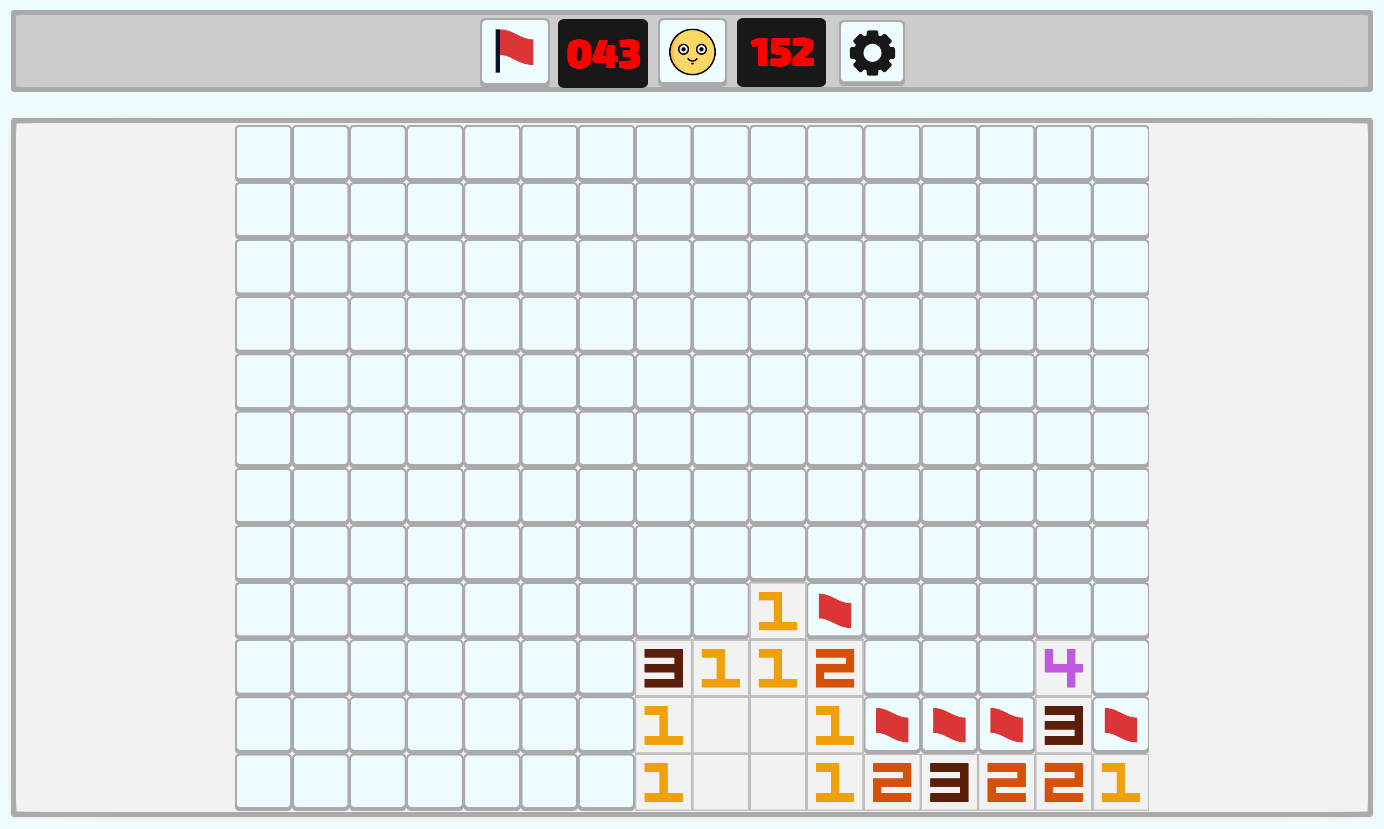
Both strategies are valid. But, in any case, you should keep in mind that the edges tend to be more difficult, because of the way number placements work. It’s advisable to work on clearing the edges first. As you flag mines in these sections, chording can help in clearing out larger segments of the board.
Minesweeper’s Logic Traps and How to Avoid Them
Minesweeper, as we said, looks rather simple, but hides a complex puzzle that requires a lot of logic and mathematics. The strategies mentioned can help in navigating complicated puzzles, but they require practice. Patterns, for example, can look simple when isolated. But they don’t work like that on the board.
In reality, they’re intertwined with many other patterns and loose numbers that can make them tricky to spot. If you have to make a guess, the odds are usually 50/50. Relying on different probabilities can help a bit, but it’s not a guarantee to make the right decision.
This level of uncertainty actually makes the game more exciting. It requires players to pay closer attention and evaluate the board as a whole, looking for the less risky moves. It also drives them to explore new strategies and develop their pattern-recognition skills, enhancing the logical side of the brain.
Play Smarter – Apply These Minesweeper Rules Today!
These hidden rules may look complicated, but the best way to understand them is by putting them to the test. Want to get better at identifying patterns? Keep playing, and soon you’ll spot them right away. Try new strategies in your next puzzle and see how they work for you and the impact they have on your solving skills.










